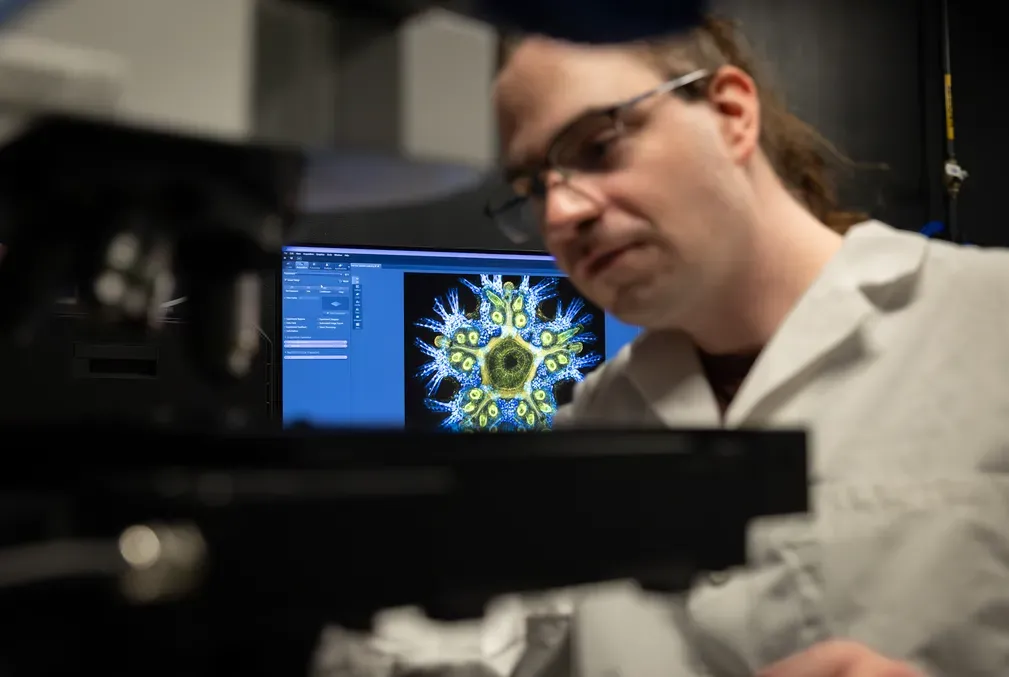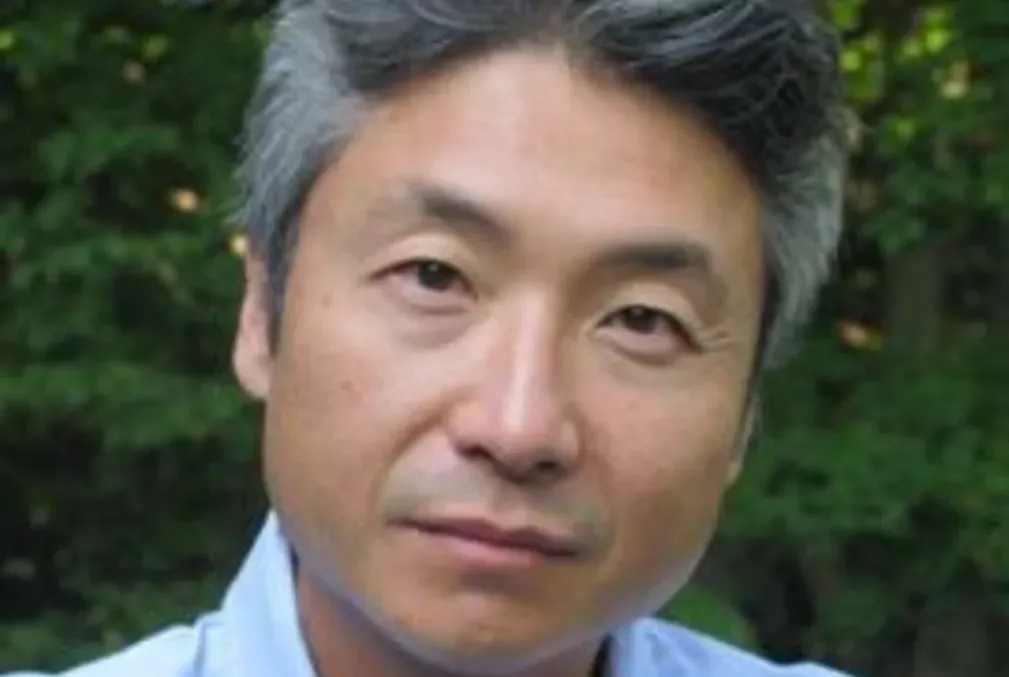
Repugnant markets spur thinking about how to engineer complex systems
When some people want to engage in economic activity that others seek to ban, society faces tough choices in designing the right market incentives — or disincentives.
Alvin E. Roth, who shared the Nobel Prize in economics in 2012, has been a pioneer in applying game theory to all manner of markets.
As a faculty member in the Stanford Department of Economics, he helped map out the concepts for kidney exchanges, which match volunteer donors and recipients. He has worked on strategies to improve college admissions, school choice and job placement for medical residents, law clerks and new economists.
More recently, Roth has focused on so-called repugnant markets, which involve transactions that some people want to engage in but which others want to ban. Common examples include drug-trafficking and prostitution.
Roth, the Craig and Susan McCaw Professor in the School of Humanities and Sciences, earned his PhD in operations research at Stanford, and holds a courtesy appointment as a professor of management science and engineering. He says repugnant markets pose questions about how best to engineer complex systems that challenge societal values. For instance, when is it effective to outlaw an activity, and when does that simply foster a black market? At what point does it make more sense to focus on harm reduction than prevention?
Roth expanded on these ideas in a recent interview.
Are repugnant markets repugnant everywhere?
Not necessarily. Public attitudes and the rules about these transactions differ between countries, and even within the United States. Prostitution is legal in Germany, but it’s illegal in the United States except for certain counties in Nevada. Kidney exchanges and surrogacy are legal in the United States, but both surrogacy and kidney exchanges are illegal in Germany. In Canada, surrogacy is legal, but you can’t pay a woman to be a surrogate, so there isn’t much of it there, while California has become a destination for “fertility tourism.”
What sort of design issues are posed by repugnant markets?
Let’s consider just one instance that I’ve worked on. You can think of kidney exchanges — in which volunteer donors are matched with recipients they haven’t met — as a market design that arose because you can’t buy kidneys. If you want to give me one of your kidneys, you would be a saintly kind of guy. But if you want to sell your kidney, you’d be committing a felony. That’s pretty strange, right? If you could buy kidneys, there would be a lot more kidneys available. But there’s only one country in the world with a legal cash market for kidneys, and that’s the Islamic Republic of Iran.
What have we learned from trying to outlaw drugs?
You need public support in order to create a market, but you also need public support in order to abolish a market.
Marijuana offers one of the most striking current examples of how the lack of public support has undermined the laws that prohibit it. Thirty states and Washington, D.C., have now legalized marijuana in some form, in part because large parts of the public don’t support or obey laws that criminalized marijuana. Marijuana is still illegal in Idaho, but its three bordering states — and Canada — have legalized it for recreational purposes. It’s going to be increasingly difficult for Idaho patrolmen to feel good about busting people for having marijuana in baked goods that they legally bought in Washington State.
How about addictive drugs like heroin?
We can all agree that heroin is a terrible thing, and we’d certainly like a society in which there was no heroin addiction. But we’ve had a war on drugs for years, and it hasn’t succeeded. We are filling up our prisons with drug offenders, yet almost anyone in the United States can buy heroin within 100 miles of where they live. Meanwhile, the number of deaths from overdoses is higher than ever. We had 70,000 deaths last year from overdoses. That’s far more deaths than from homicides — only 16,000. So we have to ask: Are we getting the results that we want from this market design?
As a thought exercise ask yourself this: Why is it easier to buy heroin than to hire a hit man?
I posed that question in a recent paper with Qingyun Wu at Stanford and Chenlin Gu at the Ecole Normale Supérieure in Paris. We looked at repugnance along two dimensions: its extent and its intensity. To abolish a black market, we concluded, you need both lots of people who don’t like an activity as well as lots of people who feel strongly enough to call the police about it. If either of those two things isn’t true, it’s really hard to wipe out a black market.
Are there better and worse ways to deal with a repugnant market?
I think there are. If harsh punishment isn’t going to eliminate a market, it may be time to focus instead on harm reduction.
Let’s think about the difference between the black market for heroin and the black market for prostitution. On the one hand, we have harsh laws against heroin, but they aren’t succeeding and we have some bad side effects. On the other hand, we have prostitution, which is illegal in most places but is treated like a traffic offense. We have basically given up trying to abolish prostitution, and maybe that makes sense. It would probably be a terrible idea to fill up our prisons with prostitutes and their customers.
So how would you apply this thinking to heroin?
We have an opioid epidemic and we are not dealing with it effectively. Incarceration isn’t working. One of the costs of the opioid epidemic has been a rash of premature, avoidable deaths. Some of my Stanford colleagues recently wrote an excellent paper arguing the need to increase treatment of addiction. It’s worth noting that many people become addicted to heroin after first being prescribed opioid painkillers. These aren’t people who we would normally consider criminals, and medical treatment is likely to be easier to organize if we stop treating them as criminals. That’s the main attraction of possibly decriminalizing heroin, as part of a shift of emphasis from incarceration to treatment.
Meanwhile, some cities already have clean-needle exchanges, to prevent the spread of HIV and other diseases. Safe-injection facilities, which can help prevent overdoses, are coming into play in Europe and Canada. In this particular market, I think it’s time to focus on harm reduction. If we’re going to have heroin addicts for a long time to come, can we come up with a way that fewer of them die?



